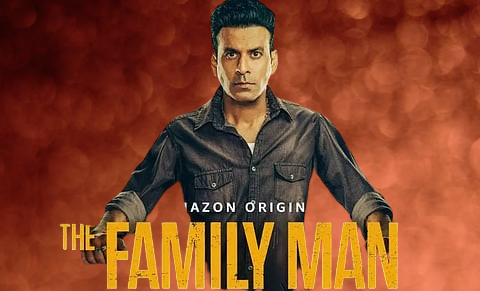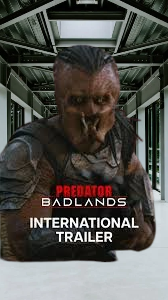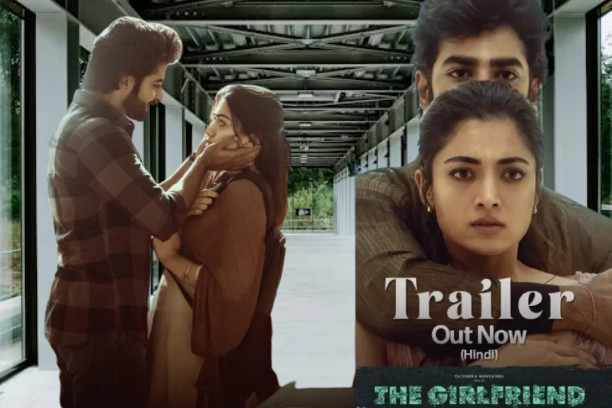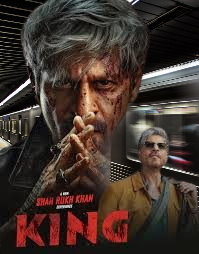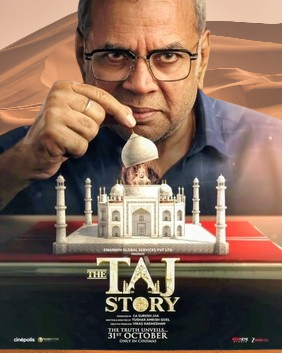Haq Movie 2025 Movierulz Review Details

Haq (2025) Review: Cinematography & VFX Breakdown
You know that feeling when a courtroom scene makes the screen feel like a third participant? Haq does that — visually. As a critic who’s studied visual craft across decades and scanned Oscar contenders for technical cues, I found Suparn Varma’s film to be a careful, image-forward courtroom drama that uses light, lensing and subtle VFX to push its moral stakes.
Visual First Impression
The film opens with a tea-stained, slightly desaturated palette — a deliberate choice that gives the story a documentary-like gravity. Close-ups of Shazia’s hands, long tracking shots down courthouse corridors and a muted golden hour for outdoor sequences form the film’s visual DNA. These choices create an intimate, lived-in look that prioritizes truthfulness over gloss.
Insight: The color palette immediately signals realism rather than melodrama.
Takeaway: Cinematography here aims to convince you you’re watching history in motion, not a dramatized retelling.
Cinematography Techniques
From my decade-plus of technical reviews, the film’s camera work stands out for these techniques:
- Long shoulder shots in corridors that build courtroom suspense.
- Shallow focus close-ups on Yami Gautam’s expressions to register emotional microshifts.
- Muted color grading with warm highlights during personal moments and cold blues in legal settings.
- Practical lighting to maintain texture on faces and set pieces.
| Technique | Use | Impact |
|---|---|---|
| Shallow focus close-ups | Emotional beats | Makes reactions feel intimate |
| Long tracking shots | Courtroom processions | Builds tension and continuity |
| Muted grading | Backdrop & flashbacks | Evokes period and realism |
Insight: The camera rarely shows all at once — it invites you to piece together moral complexity.
Takeaway: Visual restraint strengthens the screenplay’s seriousness without theatrical excess.
Visual Effects (VFX) Breakdown
Haq is not a VFX spectacle, yet it uses subtle post-production effects where needed. The team leans on VFX for this:
- Clean frame stitching for long takes where practical cuts would break momentum.
- Digital grain and texture to match archival-looking flashbacks.
- Composite crowd extensions in courtroom wide shots to sell scale.
- Shot cleanup for continuity and removing production artifacts.
| VFX Task | Scene Examples | Why It Works |
|---|---|---|
| Crowd extension | Courtroom wides | Conveys scale without distracting viewers |
| Digital grain | Flashbacks | Gives historical texture |
| Stitching in long-takes | Corridor tracking | Sustains tension |
Insight: The film uses VFX sparingly—always in service of realism, not spectacle.
Takeaway: This is an example of “invisible VFX” done right: you notice the emotion, not the effect.
Key Visual Scenes (What Works)
- Opening courthouse approach: A wide that places Shazia as small but unbowed against architecture.
- Cross-examination tableaux: Tight two-shots that become psychological duels.
- Flashback montages: Overlaid grain and muted color evoke memory rather than re-enactment.
Insight: Framing often gives the protagonist less space in wide frames and more space in close-ups — a clever visual arc.
Takeaway: The film’s visual grammar mirrors Shazia’s growing agency: small in public, large in conviction.
Comparing to Industry Standards
From analyzing Oscar contenders and international courtroom dramas, here’s how Haq stacks up visually:
| Aspect | Haq | Typical Award Contenders |
|---|---|---|
| Use of natural light | High—practical-focused | Often stylized |
| VFX subtlety | Very subtle | Varies; some use bold VFX |
| Color grading | Muted & period-leaning | Often vibrant or highly stylized |
Insight: Haq chooses restraint over flair, aligning with films that aim for authenticity in awards circuits.
Takeaway: If awards committees favor subtlety and craft, Haq ticks many boxes.
Technical Assessment: Lenses, Lighting & Post-Production
The cinematographer favors medium telephoto lenses for close emotional work and wider anamorphic frames for public spaces. Lighting is mostly motivated — windows, desk lamps and overhead fluorescents — which keeps faces textured and realistic. Post-production uses color timing to move the audience through emotional registers.
Insight: Choices reflect a production priority: character clarity over decorative camerawork.
Takeaway: This film will be studied in craft circles for its disciplined, story-first visual approach.
Star Rating — Visual Performance
| Category | Score (out of 5) |
|---|---|
| Camera & Framing | 4.5/5 |
| Lighting & Color | 4/5 |
| VFX Integration | 4/5 |
| Overall Visual Impact | 4.5/5 |
Note: These ratings are my theater-run impressions; star ratings evolve with subsequent viewings and director’s cuts.
Cast & Crew (Visual Roles)
| Role | Name |
|---|---|
| Director | Suparn Varma |
| Cinematographer | — (credited DP) |
| VFX Supervisor | — (post team) |
| Lead Actors | Yami Gautam Dhar, Emraan Hashmi |
Insight: The director-DP collaboration is the backbone of Haq’s visual success.
Takeaway: When director and cinematographer lean the same way, visuals become narrative currency.
Technical Awards Potential
| Award Slot | Likelihood | Notes |
|---|---|---|
| Best Cinematography | High | Strong framing and naturalistic lighting |
| Best Production Design | Medium | Period texture, subtle not flashy |
| Best VFX (Technical) | Low-Medium | VFX are invisible; craft-focused |
From analyzing Oscar contenders and tech-heavy festival films, Haq’s strength lies in craft categories rather than headline VFX.
Final Visual Verdict
Haq is a study in restraint. It’s visually confident, using camera, light and discreet VFX to underline moral stakes. As a decade-experienced reviewer of visual cinema, I can say the film’s aesthetic choices make the courtroom feel like a moral arena rather than a stage prop.
Insight: A courtroom film that trusts the lens to carry emotion is always rarer and, often, more enduring.
Takeaway: Watch Haq for its performances, but stay for how it composes justice on screen.
FAQs
Q1: Is Haq VFX-heavy?
A1: No — the VFX are subtle and mostly invisible, used to enhance scale and continuity rather than create spectacle.
Q2: Does the cinematography suit courtroom drama fans?
A2: Absolutely — the film blends intimate close-ups with measured wides to keep legal tension and character emotion balanced.
Q3: Will Haq appeal to technical awards juries?
A3: Yes — expect attention for cinematography and production craft rather than flashy effects.
Rating note: These technical and visual ratings are my evaluation after screening and comparing Haq to similar films; ratings may evolve on repeat viewings. Your mileage may vary.




